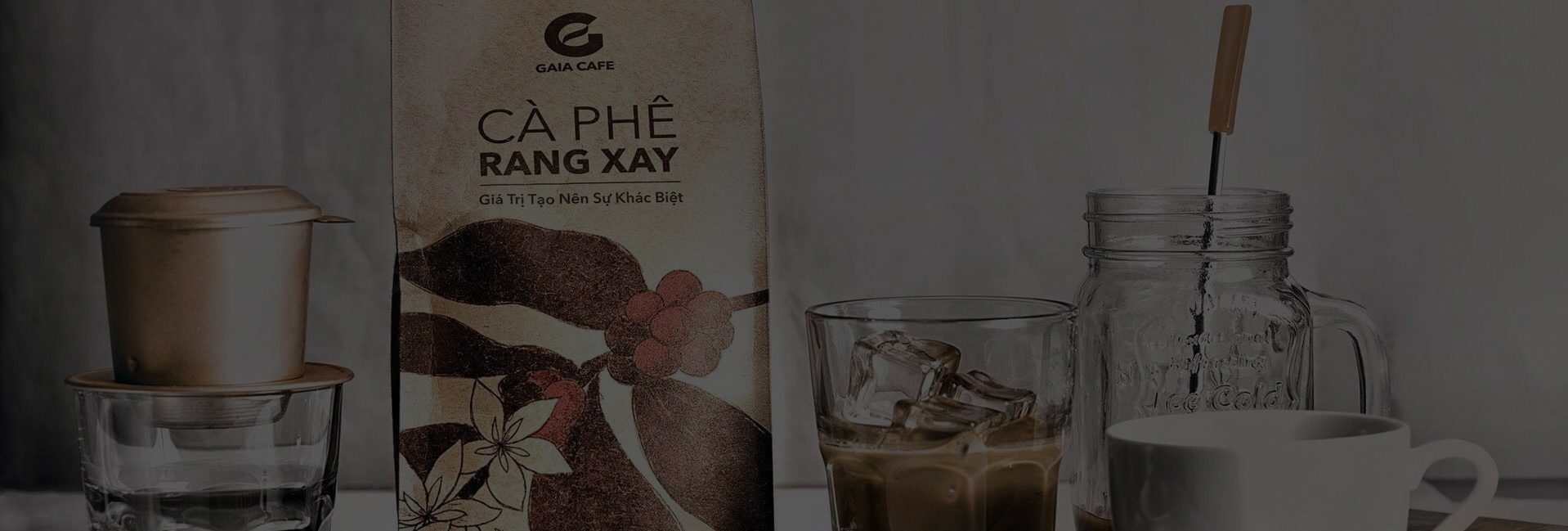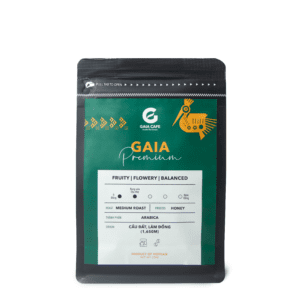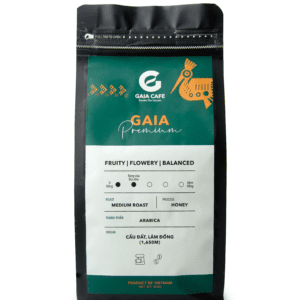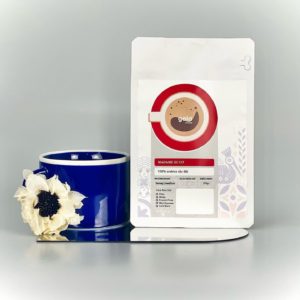
Cold Brew Coffee – A Short History
Cold Brew Coffee - What is it and where does it come from?
Cold brew coffee is a popular drink that has taken the coffee world by storm in recent years, from the US all the way to Vietnam. It is not as strong as an espresso or a typical Vietnamese filter coffee; yet it does give you a boost of caffeine without sending shockwaves to your heart beats. And where I come from (Ho Chi Minh City that is), my, my, how Starbucks Nitro Cold Brew has this smooth, velvety mouthfeel that makes me feel like I’m drinking a glass of Guiness stout every single time. But what cold brew coffee is really?
What is cold brew coffee?
Cold brew coffee is a type of coffee that is brewed using cold water instead of hot water. The process involves steeping coffee grounds in cold water for an extended period, usually around 12-24 hours, to extract the flavors and caffeine. Unlike traditional hot coffee, cold brew coffee is never exposed to heat, which gives it a unique flavor profile and smooth taste.
It can also serve as a great base for many coffee recipe due to its diverse flavor profiles – fruitty, floral, vanilla, chocolate and some warm spices. My absolute favorite recipe is one called Neroli Cold Brew, a delightful conconction of cold brew coffee, honey, orange juice, lime juice, orange peels and lemongrass.


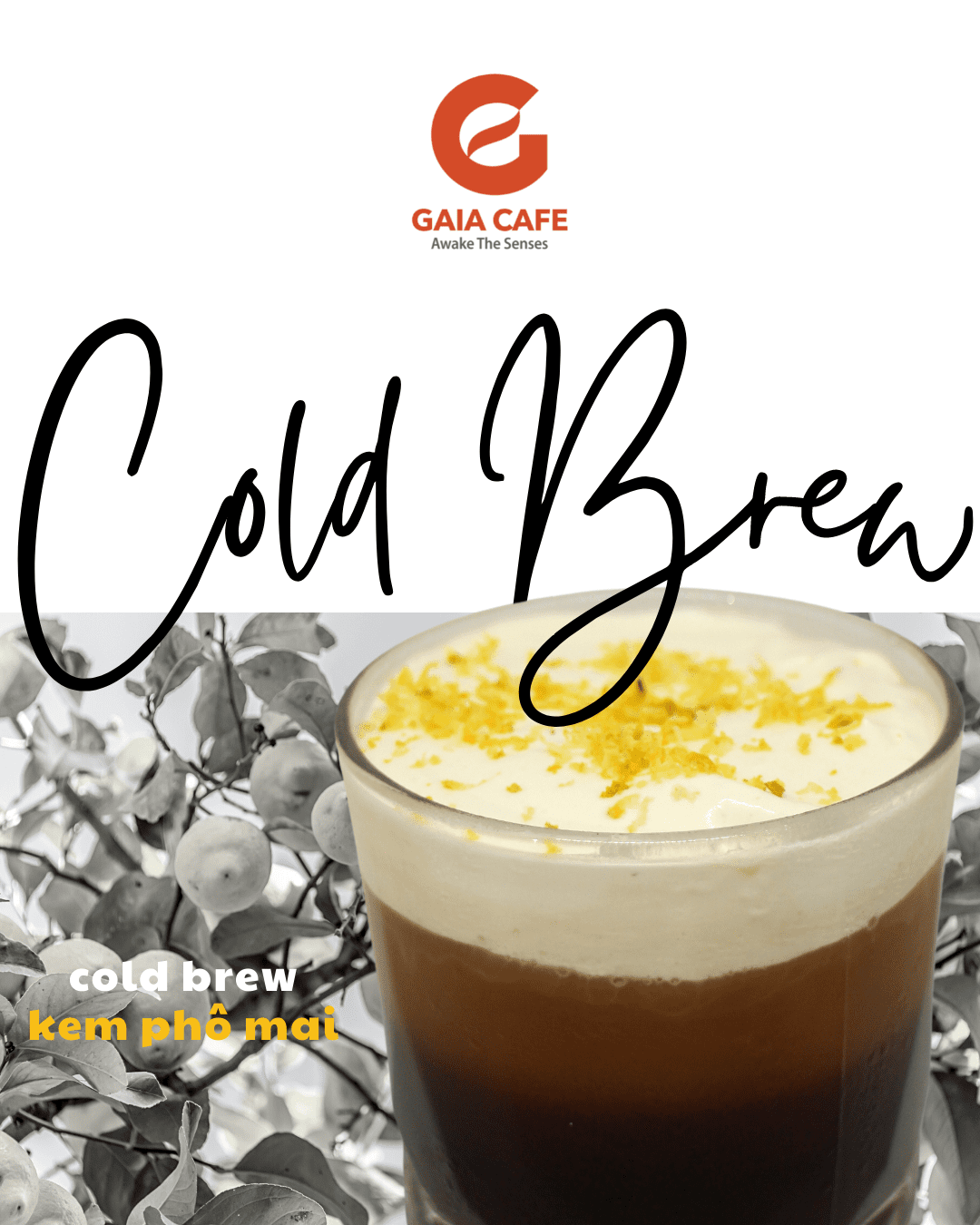
Where did this refreshing beverage originate?
It has been speculated that cold brew coffee can be traced back to Dutch traders and sailors in the 1600s. Back then, any source of heat would have been a great risk to the wooden ships, so they couldn’t use hot water to brew their coffee. Instead, they would brew coffee using cold water to preserve it during long voyages at sea.
During their long voyages, they discovered that cold water could be used to extract flavor from coffee beans without the need for heat. This method also had the added benefit of preserving the coffee for longer periods of time. Besides, not accidentally burning down the ship was definitely a huge plus. Imagine you were the one responsible for setting your vessel ablaze just because you were getting drowsy during your nightwatch.
The Dutch would prepare a concentrate of coffee by steeping coarsely ground coffee beans in cold water for an extended period of time. This concentrate would then be mixed with hot water to create a warm cup of coffee on demand. This method of coffee preparation became popular in the Netherlands and eventually spread to other parts of Europe.
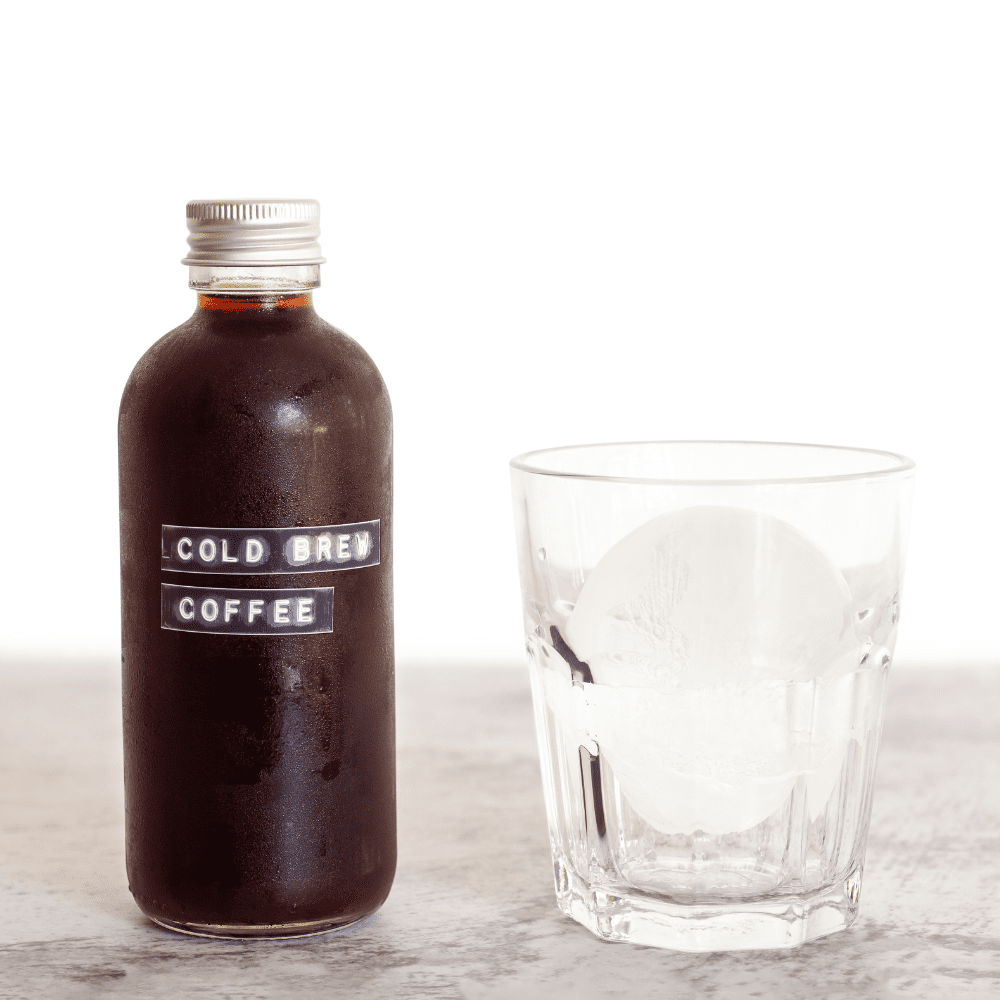
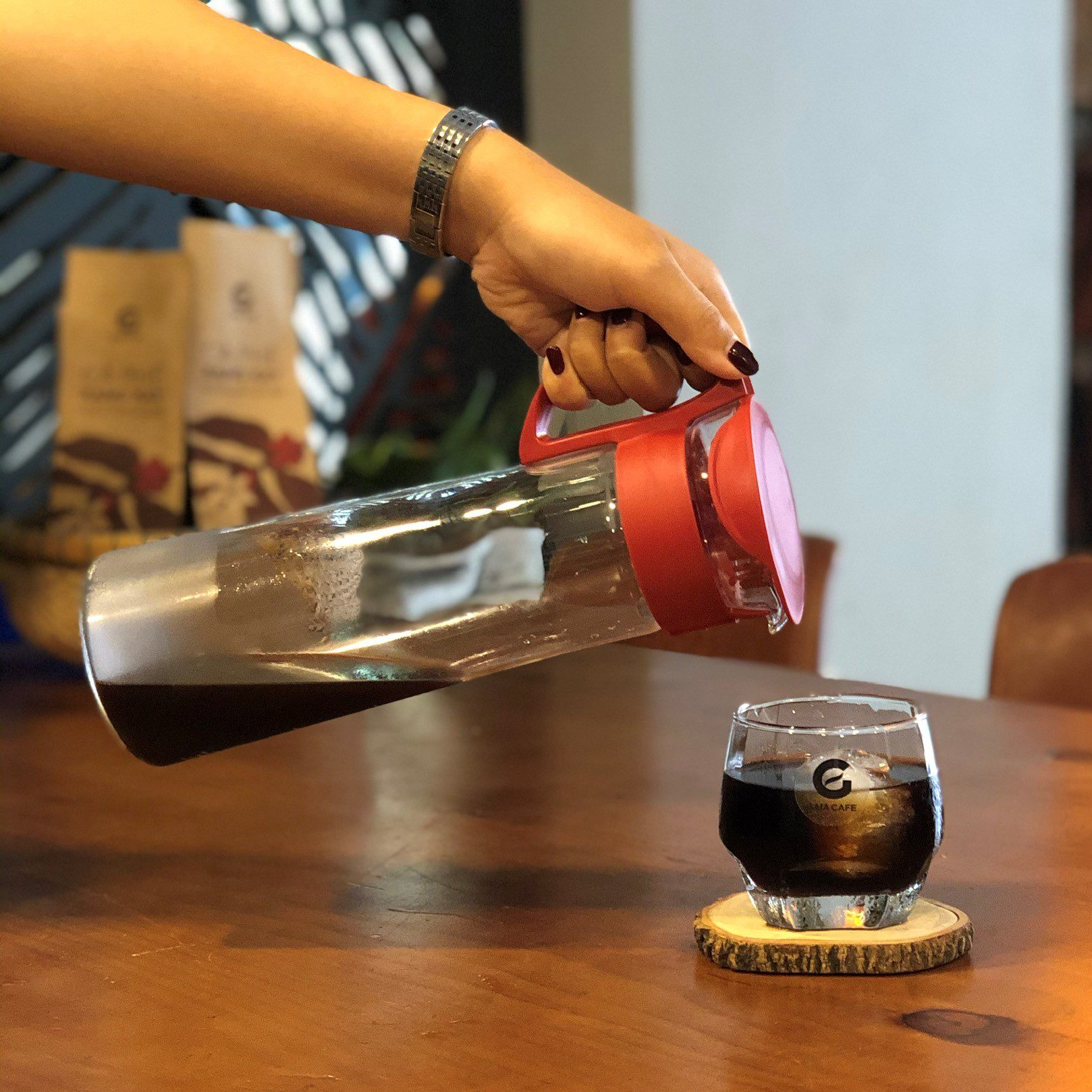
In the 19th century, cold brew coffee became popular in Japan, where it was known as “Mizudashi.” This original Kyoto-style of coffee preparation was different from the Dutch one, as it involved slowly dripping cold water over coffee grounds over the course of several hours to produce a rich, smooth, and low-acidic coffee.
And this is where the history of cold brew is a bit of a mystery. Sources said that the Dutch has brought this cold brew method to Japan back in the 17th century and hence the Kyoto-style cold brew coffee was invented. While others have claimed that Mizudashi method has been around in Japan for centuries before the Dutch introduction.
After some long-hour research, this is the version that I think most plausible of the cold brew history: The Japanese had been cold-brewing their teas for centuries by soaking the tea leaves in cold river for some times. Then in the 1604, when the Dutch sailors brought over to Japan, their cold brew coffee concentration which they had bottled and sold at the ports, the Japanese started to develop a taste for coffee. In Kyoto they then began to adapt their own cold brewing techniques (or Mizudashi) from tea to coffee and thus Kyoto-style cold brew coffee was invented.
And from there cold brew coffee spread around the world
1800s
In Mazagran, a French-occupied region of Algeria, sweetened coffee syrup combined with cold spring water is a popular drink to counteract the desert heat. When soldiers returned to Paris, cafés began serving mazagran with milk, lemon, or rum.
1900s
In Cuba, cold brewed coffee concentrate gets a makeover. Cuban cold brew is made with extremely fine grounds that are repeatedly saturated with cold water before draining.
Iced drinks continue gaining popularity around the globe too. In New Orleans, cost-saving chicory root is added to the coffee before grinding. While adding flavor, chicory root also cuts the coffee, making it last longer. This trick started in Napolean-era France, but lives on as an American favorite.
In the United States, cold brew coffee became popular in the late 1960s and early 1970s as a result of a marketing campaign by Toddy, a company that invented a device specifically for making cold brew coffee at home. Since then, cold brew coffee has steadily grown in popularity, with many coffee shops and cafes now offering it on their menus.
Cold brew coffee culture today
Today, cold brew coffee is known for its unique taste profile, which is often described as smoother, less acidic, and less bitter than traditional hot coffee. It’s also popular because it can be enjoyed cold or hot, making it a versatile option for all seasons. It is often brewed using a variety of beans and can be enjoyed straight or mixed with milk, cream, or flavored syrups.
If you’re looking to make your own cold brew coffee at home, you’ll need a high-quality coffee bean to get started. It is important that you choose a nice quality Arabica beans – any premium or specialty coffee beans you prefer, but do stay away from commercial grade beans as they lack the neccessary flavor profile depths and are quite limited in taste notes.
To make cold brew coffee, simply grind the beans and mix them with cold water in a ratio of 1:8 (one part coffee to eight parts water) or 1:10 (one part coffee to ten parts water), depending on how strong you want your coffee concoction to be. Let the mixture steep in the fridge for 12-24 hours, strain out the grounds, and enjoy your delicious homemade cold brew coffee.


If you’re interested in making your own cold brew coffee, and you don’t yet have your favorite Arabica beans, consider using high-quality beans like Gaia Premium Arabica Whole Beans because it can make all the difference in the final product. Gaia Premium Arabica whole beans are an excellent choice for making cold brew coffee due to their rich and complex flavor profile. The single-origin beans are sourced from the highlands of Dalat, Vietnam, and are carefully roasted to bring out their unique characteristics. They have notes of fruity, floral and hints of vanilla, which make them perfect for a refreshing and flavorful cold brew coffee.
Why not give it a try and enjoy a refreshing cup of cold brew coffee today?


